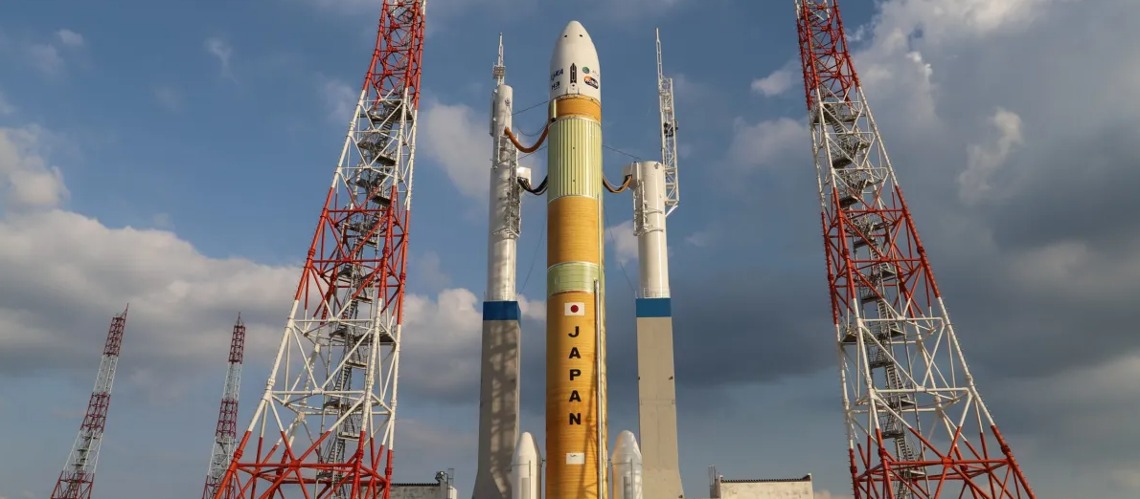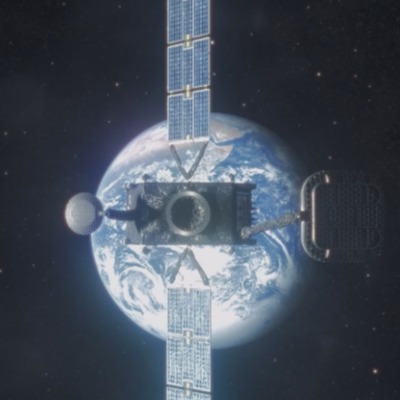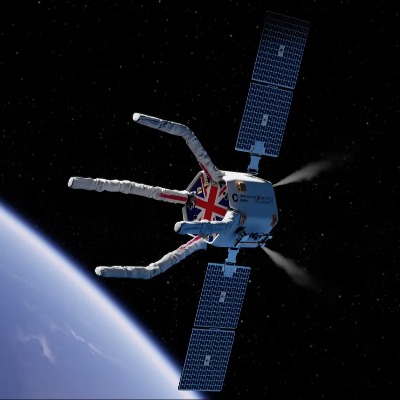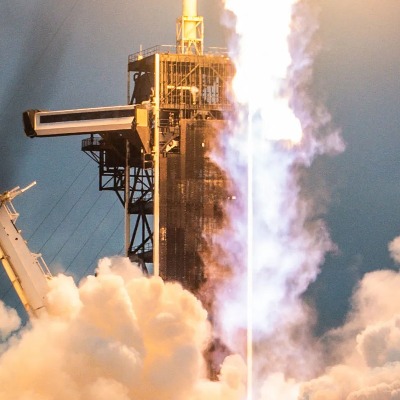Japan's H3 Rocket Ready For Redemption: Second Launch Scheduled For February

After a disappointing inaugural flight earlier this year, the Japan Aerospace Exploration Agency (JAXA) is gearing up for the second launch of its next-generation H3 rocket. Aiming for a lift-off around February 14th, 2024, the mission hopes to redeem the rocket's promise and reignite Japan's ambitions for independent space access.
The first H3 launch in March 2023 ended abruptly when the second stage engine failed to ignite, leaving the expensive ALOS-3 Earth observation satellite stranded in a useless orbit. The incident dealt a blow to JAXA and forced a thorough investigation and redesign of the engine's turbopump system.
However, the agency has remained resolute in its commitment to the H3 program. The upcoming mission, officially designated H3 Test Flight No. 2 (H3TF2), will prioritize safety and data gathering over carrying high-value payloads. Instead of the ALOS-3, the rocket will carry the Vehicle Evaluation Payload-4 (VEP-4), a collection of instruments designed to collect flight data and validate the redesigned engine.
JAXA has implemented several changes to improve the H3's reliability. In addition to the engine modifications, the agency has enhanced ground test protocols and tightened quality control measures. Engineers are confident that the revised H3 is ready to face the unforgiving environment of spaceflight.
While H3TF2 focuses on technical objectives, the success of the mission carries significance beyond internal testing. It will determine the future of the H3 program and Japan's independent space launch capabilities. A successful flight would restore confidence in the rocket, open doors for commercial launch contracts, and allow JAXA to resume important scientific missions using the H3.
The stakes are high, but the potential rewards are substantial. The H3 boasts superior fuel efficiency and payload capacity compared to its predecessor, the H-IIA, making it a competitive player in the global launch market. Additionally, a reliable H3 would enable JAXA to pursue ambitious lunar exploration plans and contribute to international space research collaborations.
As the launch date approaches, a cautious optimism hangs in the air at the Tanegashima Space Center. Teams work tirelessly to prepare the H3, driven by the desire to learn from past mistakes and propel Japan's spacefaring dreams forward. Whether H3TF2 marks a triumphant return or another setback remains to be seen, but one thing is certain: the eyes of the world will be on Japan as it attempts to write a new chapter in its spaceflight history.




